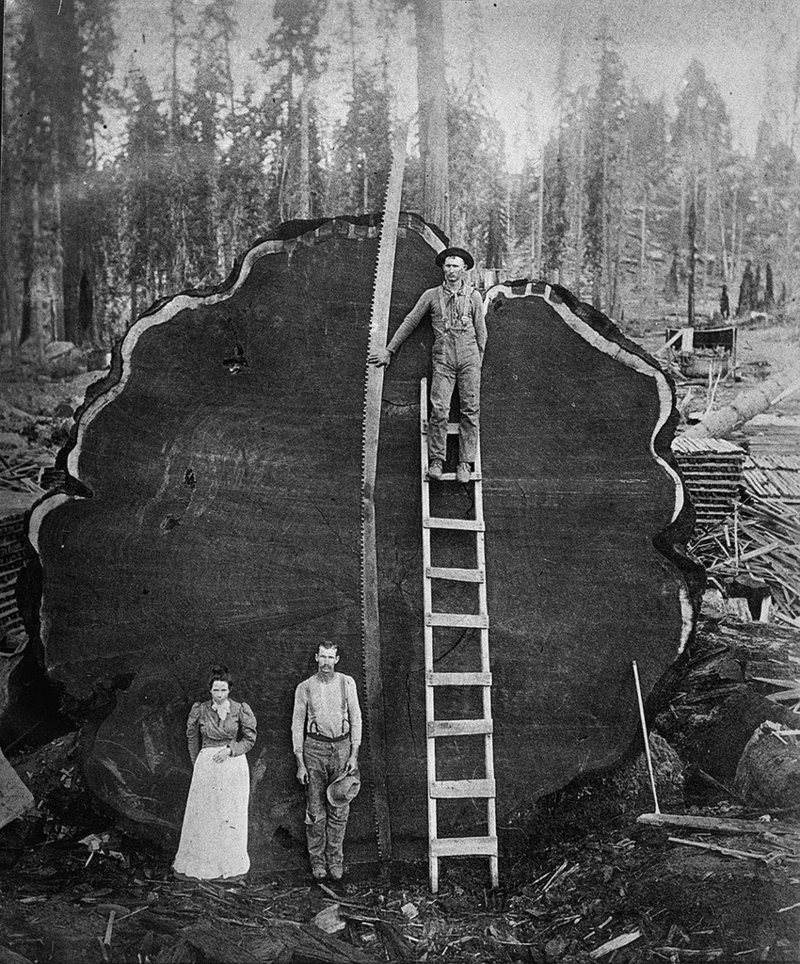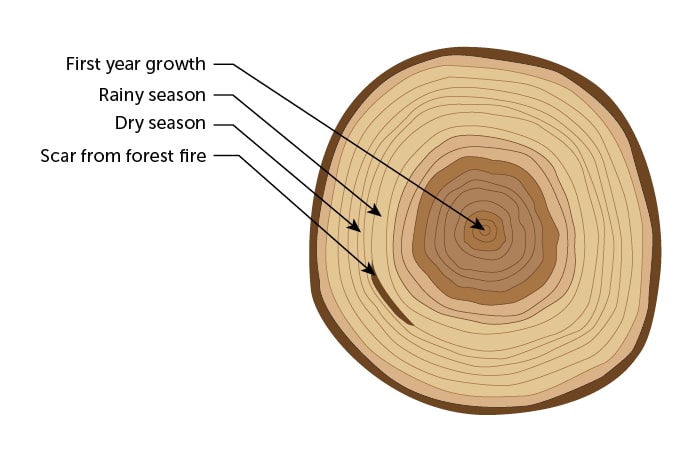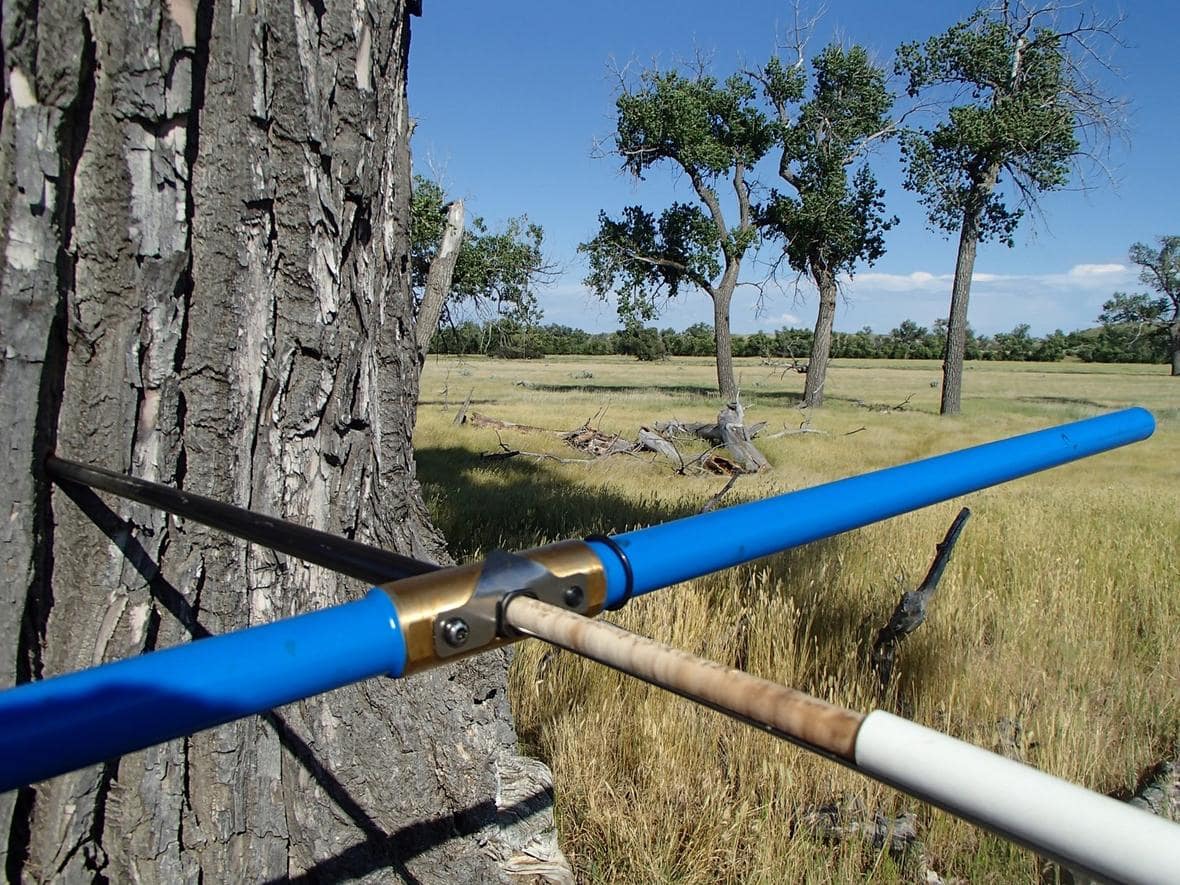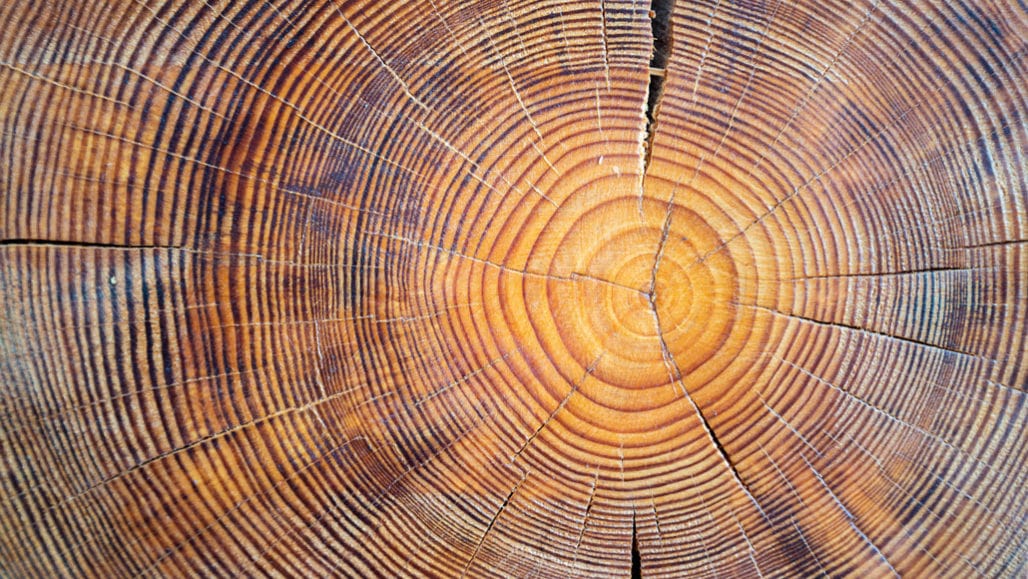
Dendrochronology is, most simply, the study of tree rings. But why should we care about the rings on a tree that you can usually only see after a tree has been cut down?
Leonardo da Vinci was the first person to note that tree’s rings responded to their surrounding climate. After his observation in the early 14th-century dendrochronology progressed slowly as a science until Alexander Catlin Twining made an observation in 1827. He observed that each ring on a tree represents a year and that if compared to other trees could be synchronized to make up a chronologic story of Earth’s climate history based on the size of each ring.
“The rings around the branches of trees that have been sawn show the number of its years and which [years] were wetter or drier [according to] more or less their thickness.”
The study of trees had a great leap forward when Andrew Douglass discovered a correlation between tree rings and sunspots in the early 20th century. He argued that since sunspots affect the climate and climate affects trees then sunspots should be recorded in the tree rings. He proceeded to form a collection of tree ring history dating back to the mid-15th-century.

Dendrochronology has been integral in our understanding of past climate data. Each tree ring is formed when cells multiply underneath the bark during which they absorb oxygen from that moment in time. Those oxygen atoms (specifically their isotopes) can then be used later to examine the characteristics of the past climate where that tree was growing.

As Valerie Trouet points out, in her new book Tree Story, if trees can tell us about past climates then they might give us insight into how climate affected past civilizations. Tree rings have also been studied to better understand historic avalanche paths. By taking samples of downed trees along a cross-section of an avalanche path it can be determined how wide and how long an avalanche path has historically been. Overall, trees can tell us an enormous amount about our history as long as we know how to find it.
